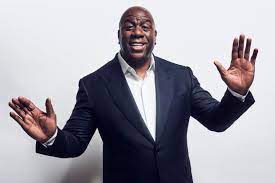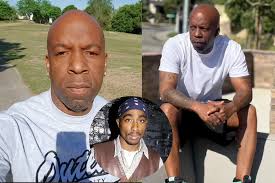Former basketball legend Magic Johnson has achieved billionaire status, according to Forbes, becoming the fourth athlete to join this prestigious club, following in the footsteps of Michael Jordan, LeBron James, and golfer Tiger Woods.
The esteemed business magazine estimates Johnson’s wealth at approximately $1.2 billion (£990 million). Magic’s fortune has continued to grow since his retirement in 1996, largely due to his investments in various companies, including ownership stakes in multiple sports teams.
Forbes reports that the bulk of his wealth is tied to his stake in a life insurance company. Magic has overseen remarkable growth in the company’s total assets, increasing them from $16 billion to $26 billion, with annual revenues hovering around $2.6 billion, as per Forbes.
While Magic Johnson had an iconic career in NBA history before retiring in 1996, it was his ventures outside of sports that fueled his financial success. His investments have proven to be highly lucrative, ultimately leading him to join the billionaire club as a five-time NBA champion.
The three-time NBA MVP also holds ownership stakes in three Los Angeles-based sports teams, including MLB’s Los Angeles Dodgers. Beyond the realm of sports, he has investments in well-known brands such as Starbucks, Burger King, 24 Hour Fitness, and the life insurance company EquiTrust.
Comparing his earnings during his 13-year career with the Lakers, Magic Johnson made a total of $40 million, in contrast to LeBron’s $480 million and Jordan’s $94 million.
Earlier this year, Johnson revealed that he could have become a billionaire earlier if he hadn’t declined shares in Nike when he entered the NBA in the 1970s. Instead, he opted for a deal with Converse, which offered him $100,000 a year.
“My family didn’t come from money, that’s one thing that hurt us sometimes. When you don’t come from money, you don’t know. I didn’t even know what stocks [were] at that time,” Johnson explained on the All The Smoke podcast. “So I passed on the stocks. Can you imagine? 45 years, $5 billion that stock would have been worth today.”




